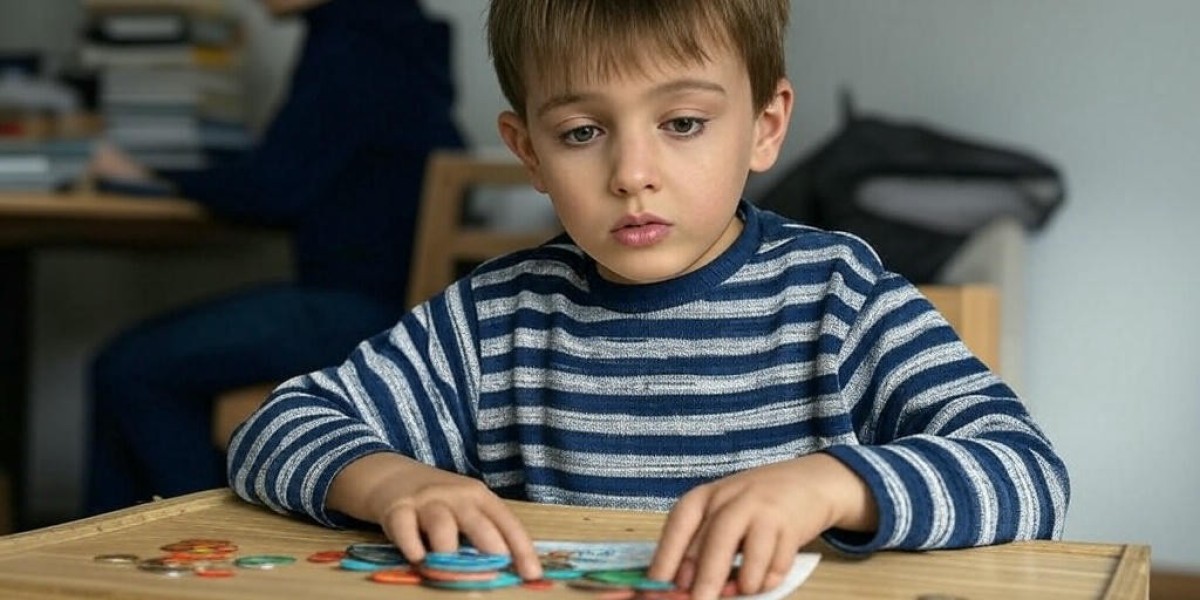One of the most powerful life skills parents and teachers can give to children is financial literacy. Helping young minds understand how money works builds a strong foundation for confident and responsible decision-making in the future. When kids learn about saving, spending, earning, and planning at an early age, they gain practical tools that prepare them for real-world challenges.
Children are naturally curious and eager to learn. If they are introduced to financial concepts early, they can develop healthy money habits that last a lifetime. A child who understands the value of money grows up to make wiser choices, build financial security, and approach adulthood with confidence.
Why Teaching Kids About Money Matters
Financial literacy is not just about counting coins or adding up dollars. It involves understanding key concepts like saving, budgeting, investing, and making thoughtful spending decisions. When children grasp these ideas early on, they are less likely to fall into common financial pitfalls as adults.
Children who grow up financially aware often become adults who save regularly, manage debt wisely, and make informed investment choices. They also tend to be more independent and confident in handling their personal finances. This kind of knowledge gives them a strong sense of control over their future.
Money management skills also build discipline, patience, and critical thinking. These are valuable not only for financial success but also for other areas of life.
Key Financial Concepts Every Child Should Learn
Saving
Saving is the foundation of financial literacy. Children need to learn that money has value and that saving can help them reach their goals. Start with something simple like a savings jar or piggy bank where they can put coins and notes they receive.
Teach them the difference between short-term goals and long-term goals. For example, saving for a toy may take a few weeks, while saving for a trip or a bigger purchase might take months. By watching their savings grow, kids learn patience and understand the rewards of consistency.
Budgeting
Budgeting is about planning how to use money wisely. Children can learn budgeting through small activities like deciding how to spend their weekly allowance. Involving them in family budget discussions can also give them a real sense of responsibility.
This hands-on experience helps them understand that money is limited, and once spent, it cannot be replaced immediately. It also teaches them to make thoughtful choices and prioritize needs over wants.
Spending Wisely
Teaching kids the difference between needs and wants is crucial. A need is something essential, like food or school supplies. A want is something nice to have, like a new toy or a treat.
Before making a purchase, encourage your child to pause and think about why they want the item and whether it is necessary. This simple habit develops their ability to make smart spending decisions as they grow older.
Earning
Children should also learn where money comes from. Giving them small opportunities to earn, such as completing extra chores at home, encourages them to appreciate the value of hard work. When they earn their own money, they begin to understand that it is not unlimited and must be used thoughtfully.
This lesson builds a stronger work ethic and teaches children to take responsibility for their own financial goals.
Investing
Investment might seem like a complex topic, but children can grasp the basics through simple examples. Explain that just as a seed grows into a tree over time, money can grow if it is managed wisely.
Introduce them to the idea of saving money in a way that allows it to increase in value. While the details will become clearer as they get older, planting this seed early helps them understand the power of long-term financial planning.
How Learning Environments Support Financial Literacy
An encouraging and practical learning environment plays an important role in helping children understand money management. When kids are given opportunities to make decisions, solve problems, and learn through real activities, financial literacy becomes a natural part of their education.
Schools and educational programs that emphasize hands-on experiences can introduce budgeting through everyday classroom activities like setting up a pretend shop or planning for a group project. This builds confidence and curiosity.
A structured and supportive environment like the one offered by Flareschool can be a great example of how financial concepts can be blended seamlessly with daily learning. When financial literacy is woven into regular lessons, children absorb these skills in a fun and natural way.
Tips for Parents and Educators
Start Early
Begin introducing simple money concepts as soon as your child can count. Activities like sorting coins, setting up a pretend store, or planning small savings goals make learning enjoyable and memorable.
Lead by Example
Children learn best by observing adults. Show them what responsible money management looks like. Create a household budget, save regularly, and explain your spending choices so they can see how these habits work in real life.
Encourage Open Conversations
Talk openly about money in age-appropriate ways. Encourage questions and give clear answers. When children feel comfortable discussing financial topics, they develop a healthier attitude toward money.
Use Engaging Tools
There are many creative ways to make financial learning fun. Games, activities, and interactive exercises can help kids understand concepts like saving, earning, and budgeting. Turning financial education into playtime keeps them engaged and curious.
Reinforce Real-Life Lessons
Let children make small financial decisions on their own. If they choose to spend their allowance on something unnecessary and later regret it, they will learn from the experience. These moments are powerful teaching opportunities.
The Long-Term Benefits of Financial Literacy
Children who grow up with financial literacy develop a strong sense of independence. They know how to set goals, plan their spending, and think ahead. As they enter adulthood, these skills allow them to manage their income, save for their future, and avoid unnecessary debt.
Financially confident young adults can also make smarter career and investment decisions, build emergency savings, and achieve financial stability earlier in life. Most importantly, they carry with them the confidence that comes from understanding and controlling their financial path.
Teaching financial literacy is not just about money. It is about empowering the next generation to make informed, thoughtful choices that shape their lives.
FAQs
What age should I start teaching my child about money?
You can start introducing basic money concepts as soon as your child learns to count.
How can I make financial lessons fun for children?
Games, pretend stores, and simple savings challenges keep kids engaged while they learn.
Why is budgeting important for kids?
Budgeting teaches children how to manage limited resources and make thoughtful decisions.
What is the best way to explain saving to young kids?
Use a savings jar or piggy bank so they can see their money grow over time.
How does financial literacy help children in the future?
It builds independence, confidence, and responsible decision-making skills that last a lifetime.



